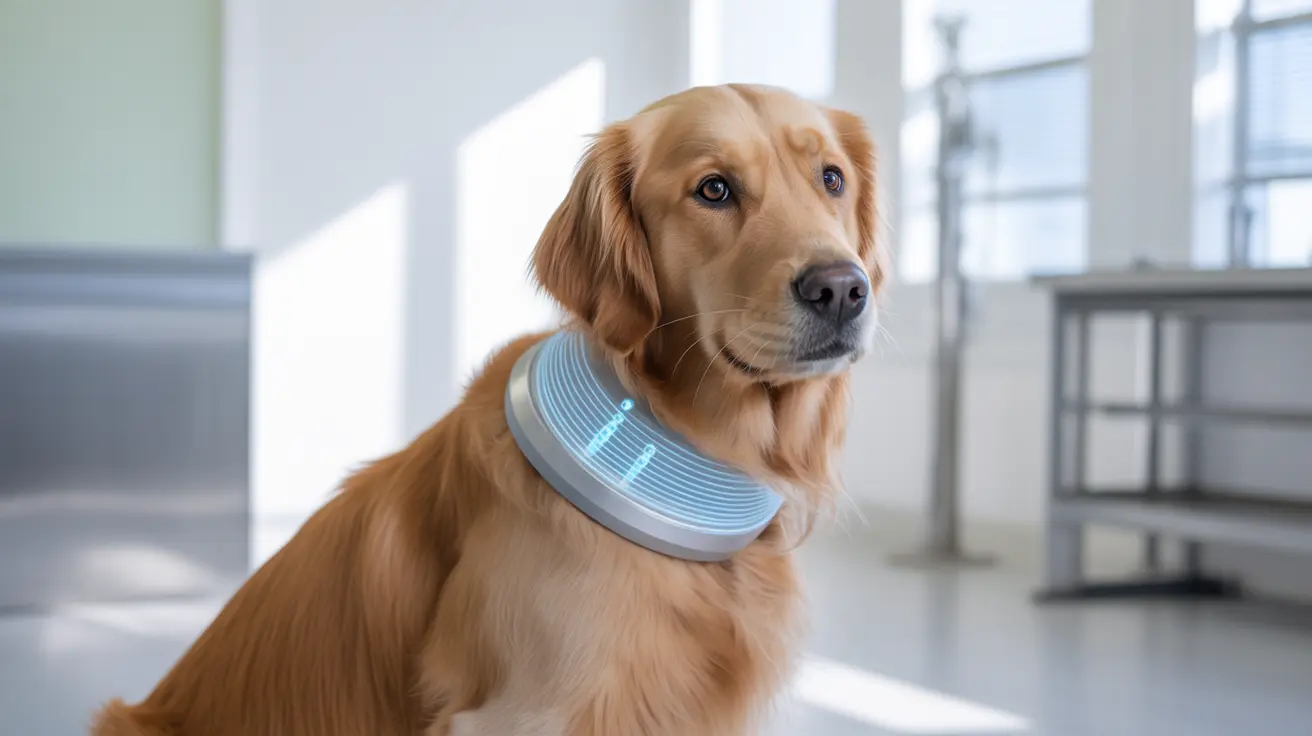Understanding Interdigital Cysts in Dogs
Interdigital cysts, also called interdigital furuncles, are more than just a nuisance for dogs—they're painful nodules that develop between the toes, often making every step uncomfortable. If you've noticed your dog limping, licking, or chewing at their paws, these cysts could be the culprit.
What Do Interdigital Cysts Look Like?
The first thing most owners see is a red or purple bump nestled between the toes. These nodules may be filled with blood, pus, or clear fluid. Sometimes they rupture on their own, creating draining tracts that ooze and make the area even more sensitive. It's not unusual for multiple cysts to appear on one or more paws—most often on the front feet but sometimes on the hind ones too.
- Red or purple nodules between toes
- May exude blood, pus, or clear fluid
- Limping and licking of paws
- Pain when walking or when paw is touched
Why Do They Develop?
The root of the problem lies in inflammation of hair follicles (folliculitis) within the webbing of your dog's paws. In breeds with short or bristly hairs—like Shar-Peis, Bulldogs, Labradors, Mastiffs, Boxers, Great Danes, and Basset Hounds—movement can force those hairs backward into their follicles. This causes rupture and sets off a chain reaction: inflammation leads to deep bacterial infection (pyoderma), which then triggers more tissue damage.
Paw trauma from rough surfaces, abnormal gait (or arthritis), obesity, and persistent licking or scratching can all make things worse. Other contributors include allergies (environmental or food), demodex mites, foreign bodies like grass awns stuck between toes, altered paw shape (wide paws or deep webbing), and less commonly endocrine diseases such as hypothyroidism or Cushing’s disease.
- Short/bristly-haired breeds at higher risk
- Paw trauma from rough ground or abnormal gait
- Obesity increases pressure on paw skin
- Allergies and parasites contribute to inflammation
How Do Vets Diagnose Interdigital Cysts?
A veterinarian will start with a thorough history—asking about breed tendencies, environment (are walks mostly on pavement?), previous skin issues—and examine the lesions closely. Diagnosis may involve:
- Cytology: Examining smears for infection/inflammatory cells
- Skin scrapings/hair plucks: Checking for mites like demodex
- Bacterial culture: Especially if infections keep coming back
- Biopsy: To rule out cancer if lesions look unusual
- Bloodwork: Screening for underlying diseases like hypothyroidism
If allergies are suspected as a root cause, vets may recommend allergy testing or a diet trial. Imaging (like X-rays) is reserved for cases where foreign bodies or bone involvement are possible.
Treatment Options for Interdigital Cysts
Treating these cysts means tackling both the visible lesions and whatever's causing them underneath:
- Treating Infection: Systemic antibiotics are often needed for 4–8 weeks; topical antimicrobials (like chlorhexidine shampoos/foot soaks) help manage surface bacteria.
- Reducing Inflammation: Steroids (oral/topical), cyclosporine, or other immunomodulatory drugs reduce swelling and itching. For allergy-driven cases, oclacitinib (Apoquel) or lokivetmab (Cytopoint) can help with itch but may not be enough alone.
- Tackling Underlying Causes: Managing allergies through diet/environmental changes; weight loss if obese; correcting gait abnormalities; treating mites if present.
- Keep feet clean/dry after walks
- Avoid rough terrain; protective booties can help
- Adjunctive care: Epsom salt soaks may soothe discomfort; topical retinoids/lipid-based products support follicle health in chronic cases—but always check with your vet first.
- Surgery: Reserved for stubborn cases that don't respond to medical management. CO2 laser ablation removes affected tissue precisely; fusion podoplasty (removing/fusing webbing/toes) is a last resort requiring careful aftercare.
Prognosis & Long-Term Management
If you address underlying contributors—especially allergies and weight issues—many dogs improve dramatically. But recurrence is common if those factors aren't managed. Chronic cases may develop thickened skin (false paw pads), scarring, and ongoing pain that require lifelong attention to paw hygiene and environmental management.
Prevention Tips for Owners
- Maintain healthy body weight in your dog
- Aggressively manage allergic conditions if present
- Keep paws clean/dry after outdoor activity
- Treat paw injuries/foreign bodies promptly
If your dog is prone to interdigital cysts due to breed/conformation/allergies, regular veterinary checkups are invaluable. Booties offer protection on rough/wet terrain. Don't try home remedies like "popping" cysts—they usually make things worse! Early intervention by your vet gives your dog the best shot at comfort and healing.





